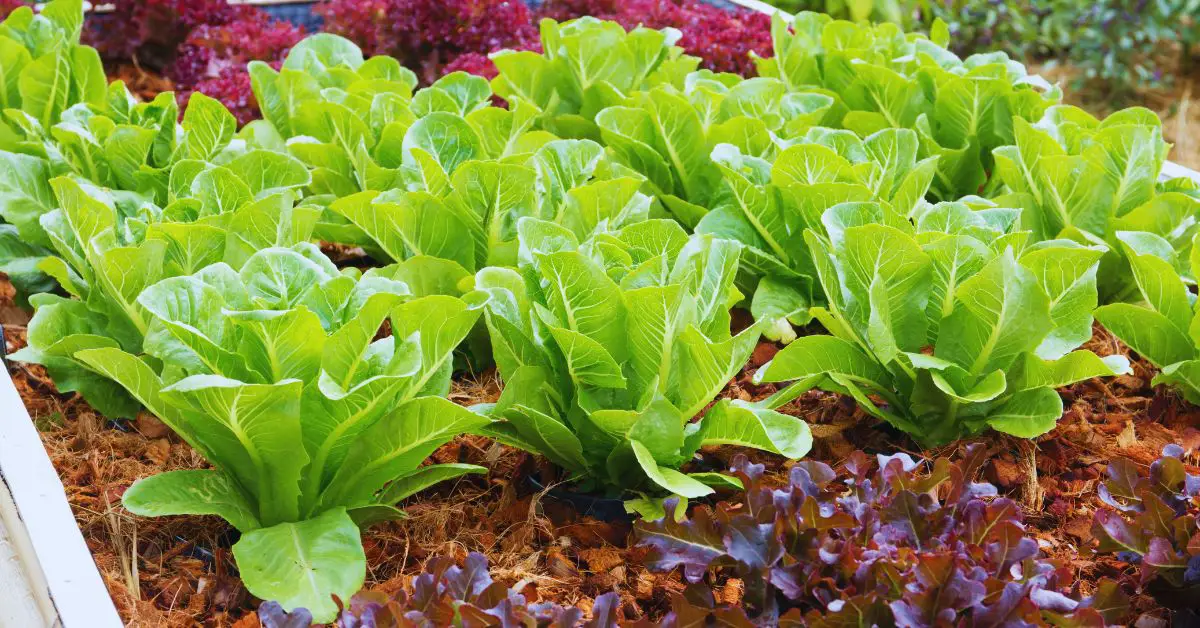As you step into the world of gardening, you’re likely looking for ways to create a beautiful outdoor space that’s both sustainable and low-maintenance.
That’s where drought-tolerant perennials come in – a game-changer for beginners and seasoned gardeners alike. By choosing the right plants, you can conserve water, reduce your environmental footprint, and still enjoy a vibrant, thriving garden.
But which perennials are the best fit for your climate and soil type? Let’s explore the top picks for drought-tolerant perennials that will help you achieve a stunning, water-wise garden that flourishes with minimal care.
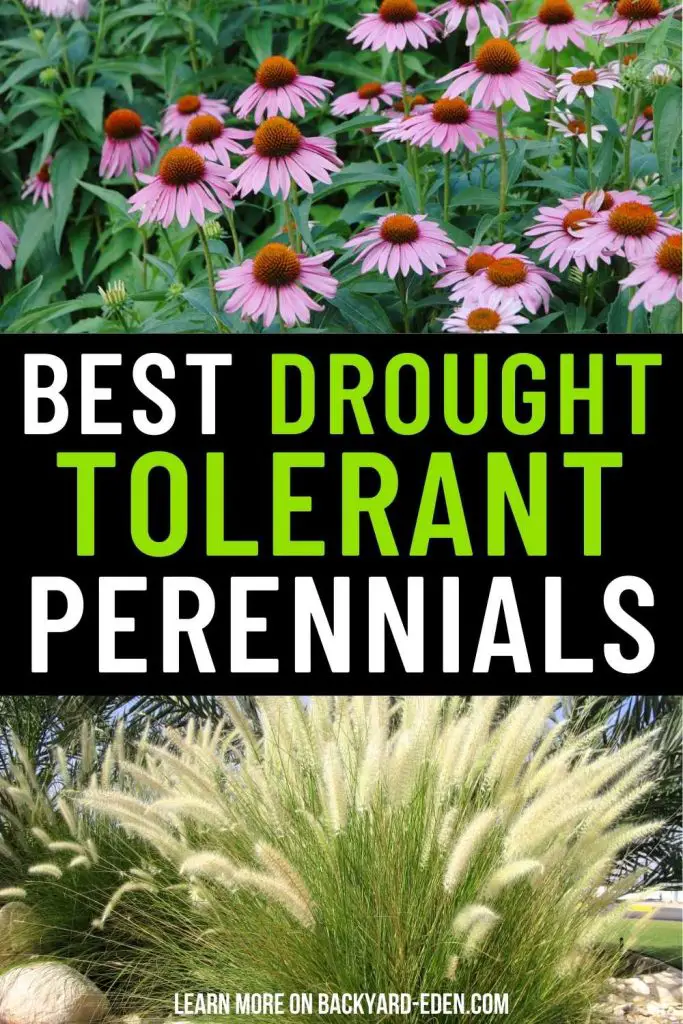
Key Takeaways
- Bee Balm, Blazing Star, and Russian Sage are reliable drought-tolerant perennials for beginners.
- Succulents like Aloe, Agave, and Echeveria store water to survive in dry conditions and require sparing watering.
- Ornamental grasses like Blue Oat Grass, Pampas Grass, and Dwarf Fountain Grass thrive in dry climates with deep but infrequent watering.
- Low-water flowering perennials like Bee Balm and Blanket Flower provide vibrant displays while conserving water.
- Drought-tolerant ground covers like Creeping Thyme and Sedum require minimal upkeep and can suppress weeds while retaining soil moisture.
Top Drought-Tolerant Perennials for Beginners
What’re the most reliable drought-tolerant perennials to plant if you’re new to gardening? As a beginner, it’s important to select plants that are easy to care for and can thrive in dry conditions. When it comes to Gardening Essentials, Plant Selection is vital. You’ll want to opt for perennials that are adapted to survive with minimal watering.
Some top picks for drought-tolerant perennials include Bee Balm, Blazing Star, and Russian Sage. These plants aren’t only low-maintenance but also attract pollinators and add beauty to your garden.
Yarrow, with its fern-like foliage, and Catmint, with its gray-green leaves, are also great options. They’re perfect for hot, dry spots and require minimal watering.
When selecting drought-tolerant perennials, remember to take into account your climate, soil type, and amount of sunlight. By choosing the right plants, you’ll be well on your way to creating a stunning and resilient garden that’ll thrive even in dry conditions.
With these reliable options, you’ll be confident in your gardening skills and enjoy a beautiful, low-maintenance outdoor space.

Succulents for Water-Scarce Gardens
As you consider succulents for your water-scarce garden, you’ll want to explore the various types that thrive in dry conditions.
You’ll also need to know the essential care tips to keep your succulents healthy and thriving.
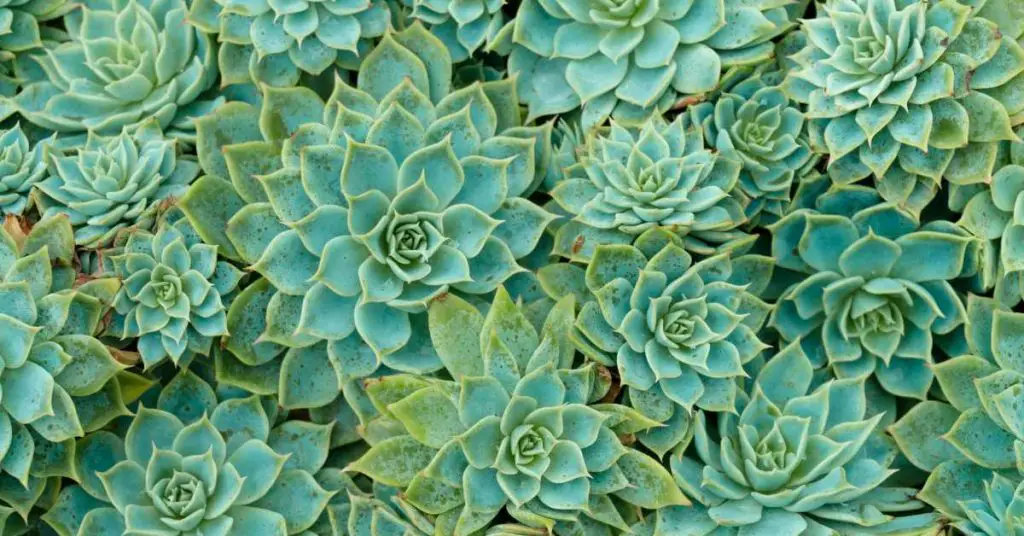
Types of Succulents
Your water-scarce garden can thrive with a diverse range of succulents, including aloe, agave, and echeveria, which have adapted to survive in dry conditions. These succulents have evolved unique features to store water, allowing them to flourish in areas with limited rainfall.
You can explore various types of succulents, such as aloe, which comes in over 500 species, offering a range of shapes, sizes, and colors. Agave, another popular succulent, is known for its striking rosettes and ability to grow up to 6 feet tall.

If you’re looking for something rare, consider succulent hybrids, which combine the best traits of different species. You might also stumble upon rare species, like the coveted Aloe ‘Black Beauty’ or the delicate Echeveria ‘Lilacina’.
With so many options, you’re sure to find the perfect succulent to add some drama and interest to your water-scarce garden. By incorporating these drought-tolerant plants, you’ll create a thriving oasis that will make you proud to call your own.
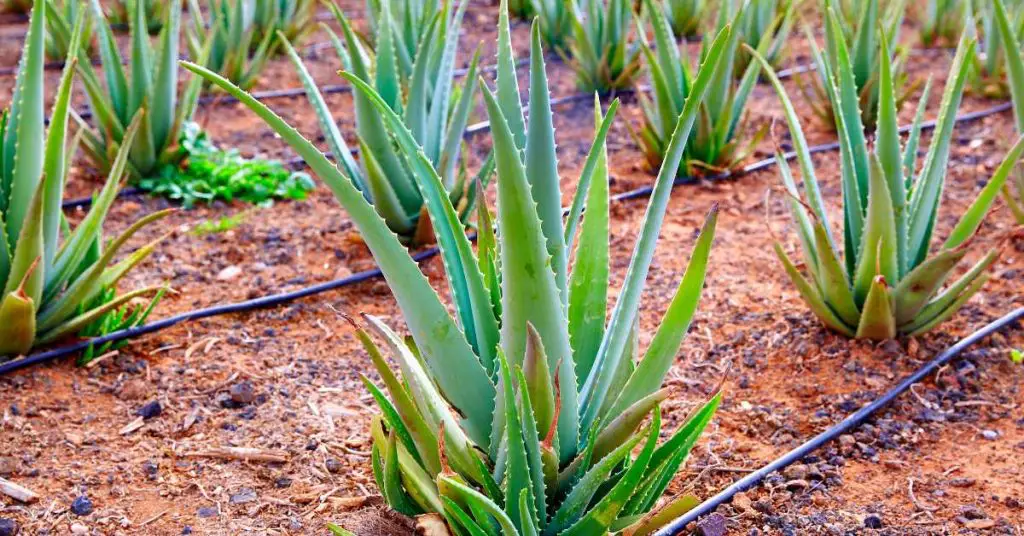
Succulent Care Tips
To guarantee your succulents thrive in water-scarce gardens, start by watering them sparingly, as overwatering is the most common cause of death in these plants. You’ll want to establish a consistent watering schedule, taking into account the soil type, climate, and time of year. A general rule of thumb is to water your succulents when the soil is dry to the touch, usually every 7-10 days during the active growing season. Be cautious not to overwater, as this can lead to root rot and other issues.
When it comes to succulent propagation, you can easily multiply your plants by separating offsets or leaf cuttings. Allow the cut ends to dry for a few days to form a callus, then plant them in well-draining soil. Keep the soil moist but not waterlogged, and you’ll soon have new plants to add to your garden.
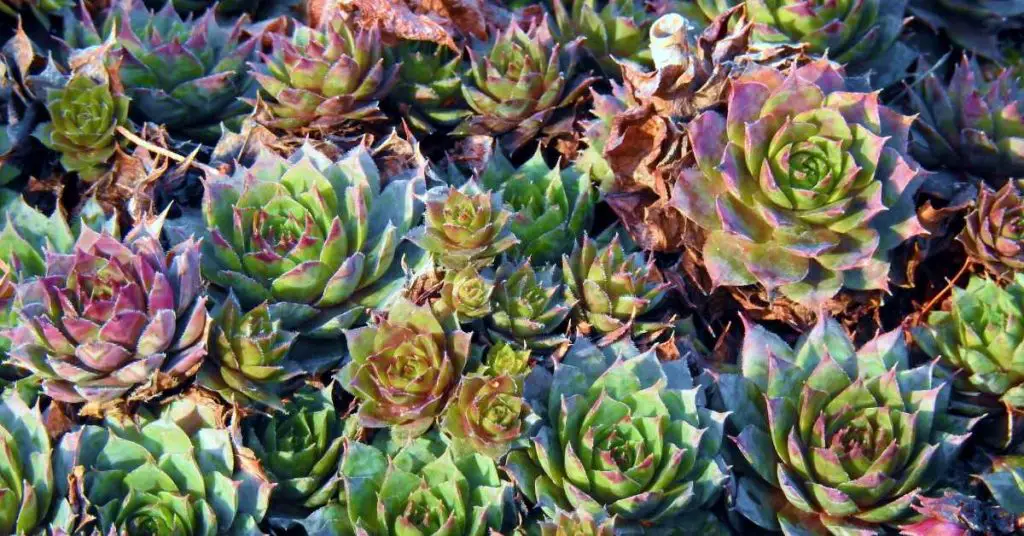
Designing With Succulents
By incorporating succulents into your garden design, you can create a beautiful, low-maintenance landscape that not only thrives in water-scarce conditions but also adds unique textures and forms to your outdoor space.
When designing with succulents, consider creating Succulent Art by combining different species and shapes to create visually appealing arrangements. You can use succulents as focal points, grouping them together to draw the eye to a particular area of the garden.
Try combining tall, upright succulents like aloe or agave with lower-growing species like echeveria or sedum to create a visually interesting contrast. You can also use succulents to create a sense of movement by arranging them in a curved or winding pattern.
To add even more visual interest, incorporate different colors, textures, and shapes into your design. By thoughtfully selecting and arranging your succulents, you can create a stunning and unique outdoor space that showcases the beauty of these water-efficient plants.

Ornamental Grasses for Dry Climates
As you explore ornamental grasses for dry climates, you’ll find a range of species that thrive in water-scarce conditions.
You’ll want to familiarize yourself with the different types, from feather reed grass to blue oat grass, each with its unique characteristics and growth habits.

Types of Ornamental Grass
You’ll find that ornamental grasses, particularly those bred for dry climates, offer a low-maintenance and stylish solution for drought-tolerant landscaping.
When it comes to types of ornamental grass, you’ll discover a diverse range of options to suit your unique style and climate. For a pop of color, consider grasses with vibrant hues like blue, gold, or purple. These Grass Colors can add a striking visual interest to your Wild Scapes.

One popular variety is the Blue Oat Grass, which boasts a silvery-blue foliage and a delicate, feathery plume. The Pampas Grass, on the other hand, is a showstopper with its feathery white plumes and robust growth habit.
If you’re looking for something more compact, the Dwarf Fountain Grass is a great choice, with its purple-tinged foliage and bottlebrush-like flowers. With so many types of ornamental grasses to choose from, you’re sure to find the perfect fit for your drought-tolerant landscape.
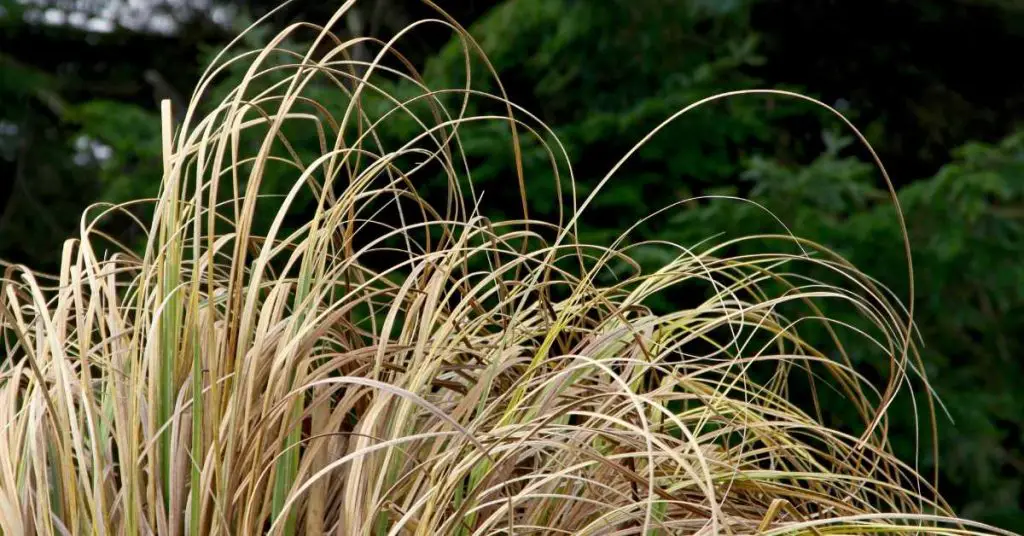
Low-Maintenance Care Tips
To guarantee your ornamental grasses thrive in dry climates, water them deeply but infrequently to encourage deep root growth. This smart watering technique allows the roots to penetrate deeper into the soil, making them more resistant to drought. When you do water, make sure to soak the soil thoroughly to a depth of 12-18 inches to encourage those deep roots.

In addition to smart watering, seasonal pruning is essential to maintain the health and appearance of your ornamental grasses. During the growing season, remove any dead or damaged foliage to promote healthy growth and prevent the spread of disease.
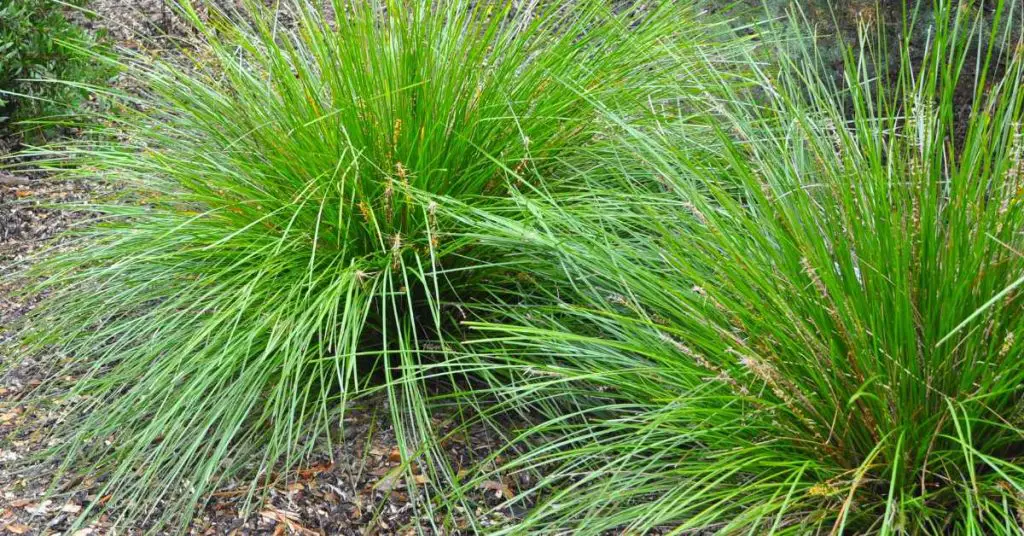
In the fall, cut back the grasses to within 3-4 inches of the ground to prepare them for the dormant season. This will help control their size, promote new growth, and maintain their natural shape.
Low-Water Flowering Perennials
With water-conscious gardening on the rise, selecting low-water flowering perennials is essential for a vibrant, sustainable landscape. You’ll want to choose perennials that not only thrive in dry conditions but also provide a pop of color to your garden.

When selecting low-water flowering perennials, consider the flower colors that will complement your garden’s aesthetic. Do you prefer soft pastels or bold brights? You’ll find options like bee balm, which blooms in shades of pink, purple, and white, or blanket flower, which offers a vibrant yellow and red display.
Also, consider the blooming period, ensuring a continuous show of color throughout the growing season. Some perennials, like coneflower, bloom in mid-summer, while others, like catmint, provide a springtime display.
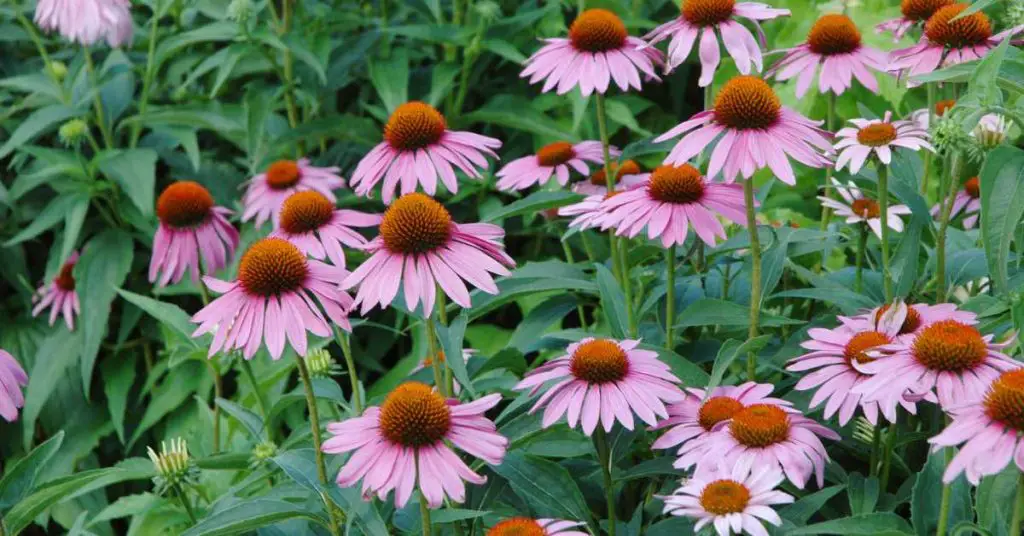
Drought-Tolerant Ground Covers
When selecting drought-tolerant ground covers, you’ll want to explore low-maintenance options that won’t break the bank or require frequent upkeep.
You’ll also need to factor in controlling their spreading habit to prevent them from overtaking your garden.
Additionally, you’ll want to choose varieties with superior weed suppression ability to minimize competition for water and nutrients.
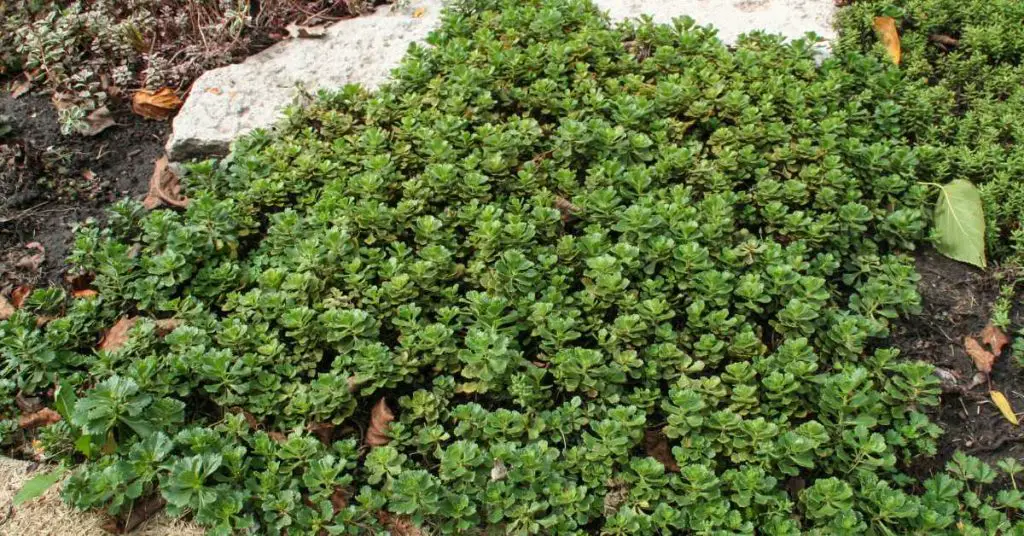
Low-Maintenance Options
You’ll find that drought-tolerant ground covers are an excellent choice for areas with low rainfall or poor soil, as they require minimal care and maintenance. They’re perfect for those who want to achieve easy landscaping without sacrificing style or functionality. With lazy gardening in mind, these ground covers thrive in harsh conditions, making them ideal for areas that receive full sun or have poor drainage.
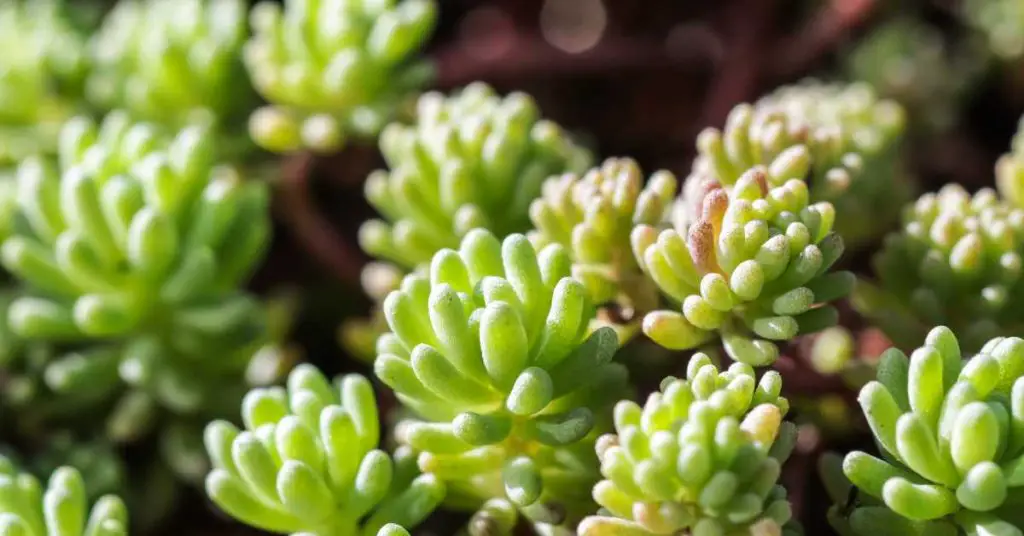
One of the most significant benefits of drought-tolerant ground covers is their ability to suppress weeds, reducing the need for frequent weeding and mulching. They also help to retain soil moisture, reducing the need for frequent watering. Plus, they come in a variety of textures, colors, and growth habits, allowing you to choose the perfect option for your landscape.
Some popular drought-tolerant ground covers include creeping thyme, sedum, and delosperma. These plants aren’t only low-maintenance but also add visual interest to your landscape.
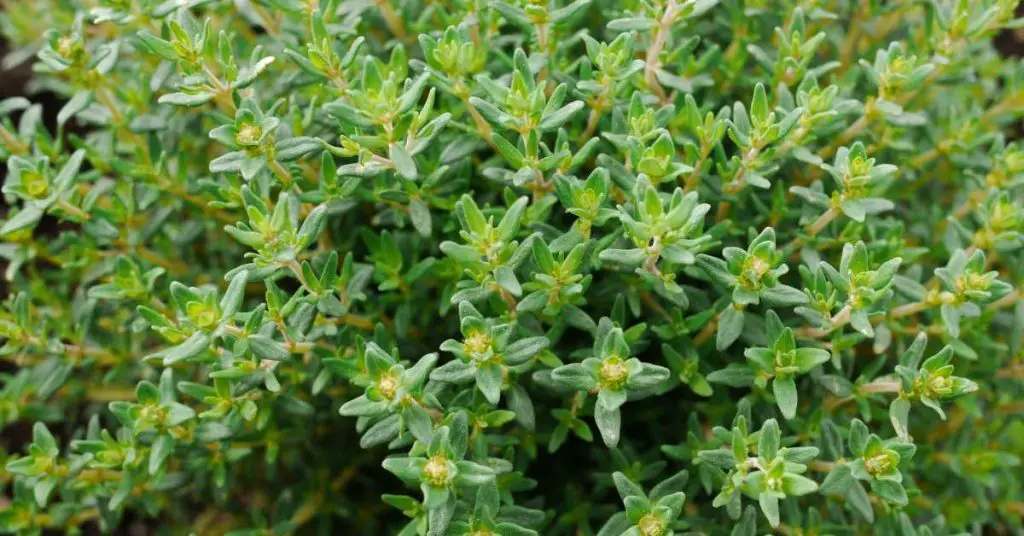
Spreading Habit Control
To prevent drought-tolerant ground covers from overtaking other plants or spreading beyond their intended boundaries, incorporate physical barriers or regular pruning into your maintenance routine. This is essential for effective boundary management, ensuring your ground covers thrive without becoming invasive.
Physical barriers, such as plastic or metal edging, can be installed around the perimeter of your planting bed to contain the spread of roots. Alternatively, you can use root barriers, which are specifically designed to prevent roots from spreading beyond a certain point.
Regular pruning is another effective method to control spreading habits. By pruning back stems and roots, you can restrict the spread of your ground covers and maintain a neat, organized appearance.
Weed Suppression Ability
Drought-tolerant ground covers possess an inherent ability to suppress weeds, allowing you to dedicate less time to weeding and more time to enjoying your outdoor space. This is due to their competitive growth habits, which enable them to outcompete weeds for resources like water, light, and nutrients.
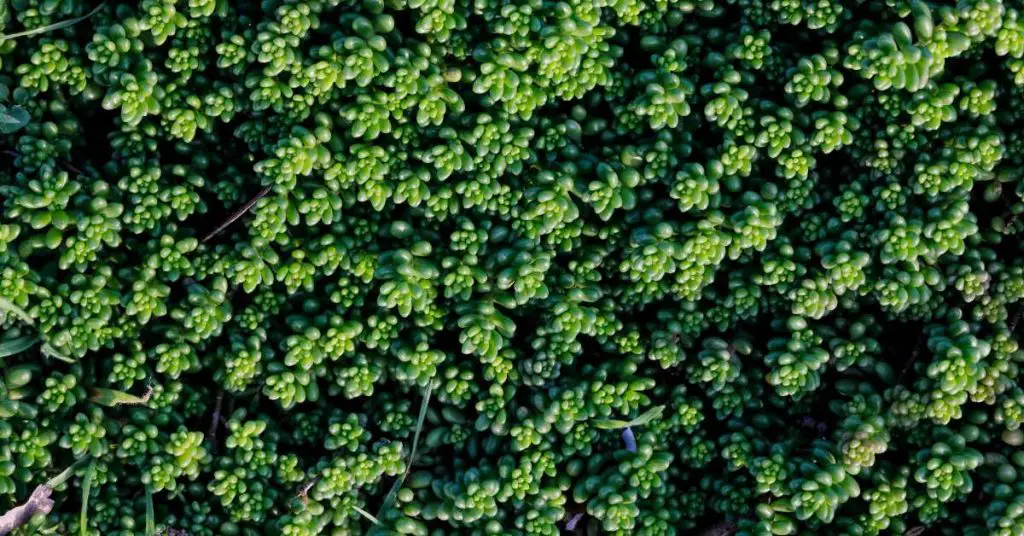
By doing so, they create a dense canopy that shades the soil, making it difficult for weeds to germinate and establish themselves. This not only reduces weed populations but also improves soil health by reducing soil temperature and increasing soil moisture retention. You’ll notice that the soil beneath your drought-tolerant ground cover is cooler, moister, and more conducive to beneficial microbial activity.
As a result, you’ll spend less time and energy on weed control, and more time enjoying the benefits of a lush, weed-free landscape. By choosing drought-tolerant ground covers with excellent weed suppression abilities, you’ll create a thriving outdoor space that’s both beautiful and low-maintenance.
Xeriscaping With Perennials
By incorporating perennials into your xeriscaping design, you can create a low-maintenance, water-efficient landscape that still bursts with color and texture. Xeriscaping, a type of landscaping that prioritizes water conservation, is perfect for desert landscapes where water is scarce. By choosing drought-tolerant perennials, you’ll reduce your water usage while still enjoying a vibrant outdoor space.
When designing your xeriscaping layout, consider perennials that thrive in dry conditions. Succulents, yucca, and desert marigold are excellent choices for hot, dry climates. These plants have adapted to survive with minimal watering, making them ideal for water-conscious landscapes.
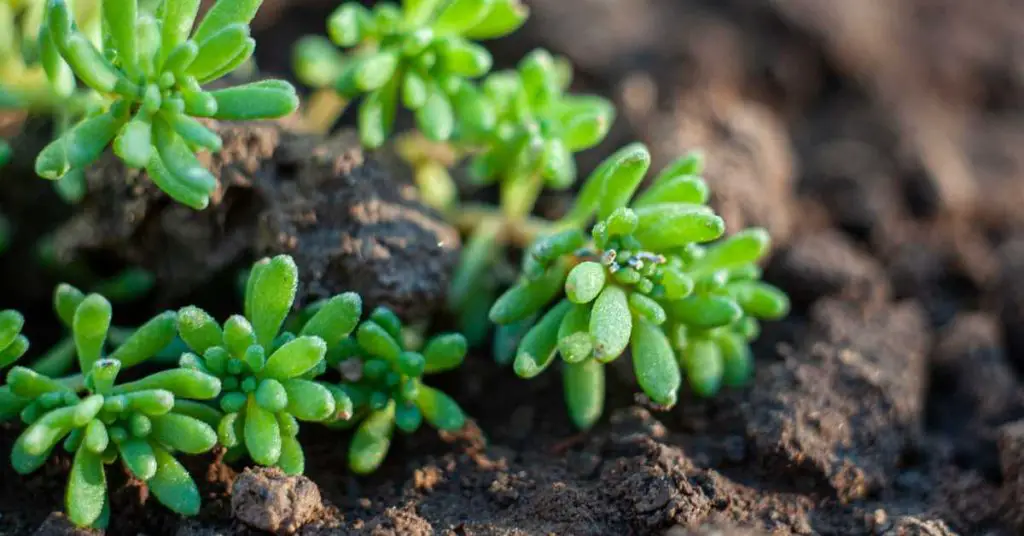
As you plan your xeriscaping design, remember to group plants by their water requirements, ensuring that those with similar needs are clustered together. This approach will help you conserve water and reduce maintenance.
Perennials for Full-Sun Gardens
In full-sun gardens, you’ll want to select perennials that can withstand scorching temperatures and intense sunlight, such as blanket flower, gayfeather, and Russian sage, which have evolved to thrive in these conditions.
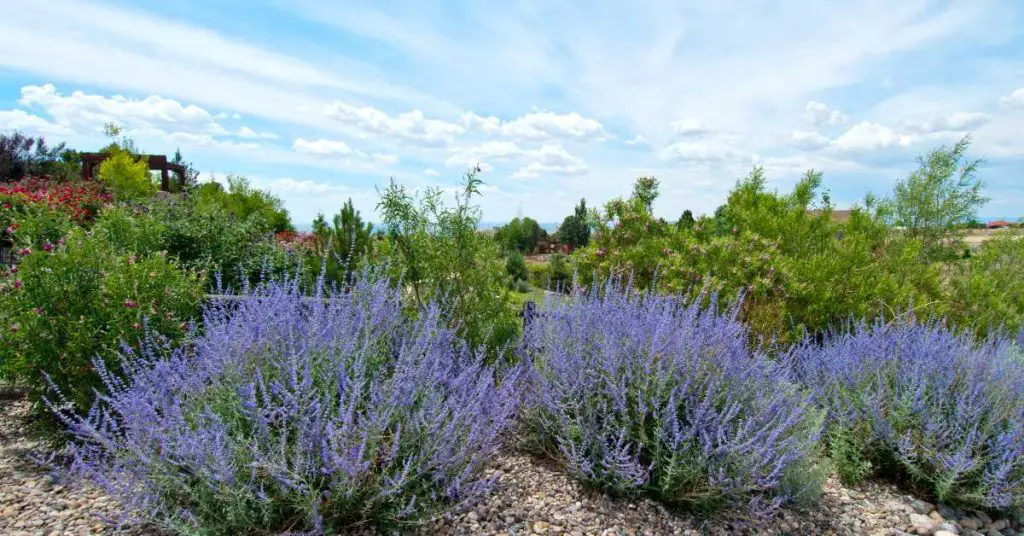
These drought-tolerant perennials are perfect for areas that receive direct sunlight for more than six hours a day. When designing your garden layout, consider grouping these full-sun blooms together to create a stunning display of color and texture.
When choosing perennials for your full-sun garden, look for varieties that have adapted to hot, dry conditions. Yarrow, with its fern-like foliage and white or yellow blooms, is an excellent choice. Bee balm, with its red, pink, or purple flowers, is another great option.
Both of these perennials can tolerate high temperatures and require minimal watering, making them ideal for water-conscious gardeners.

Shade-Tolerant Drought Perennials
While you may think shade and drought tolerance are mutually exclusive, many perennials thrive in partial shade while still requiring minimal watering. These shade-tolerant drought perennials are perfect for woodland gardens or forest gardening, where the canopy filters the sunlight.
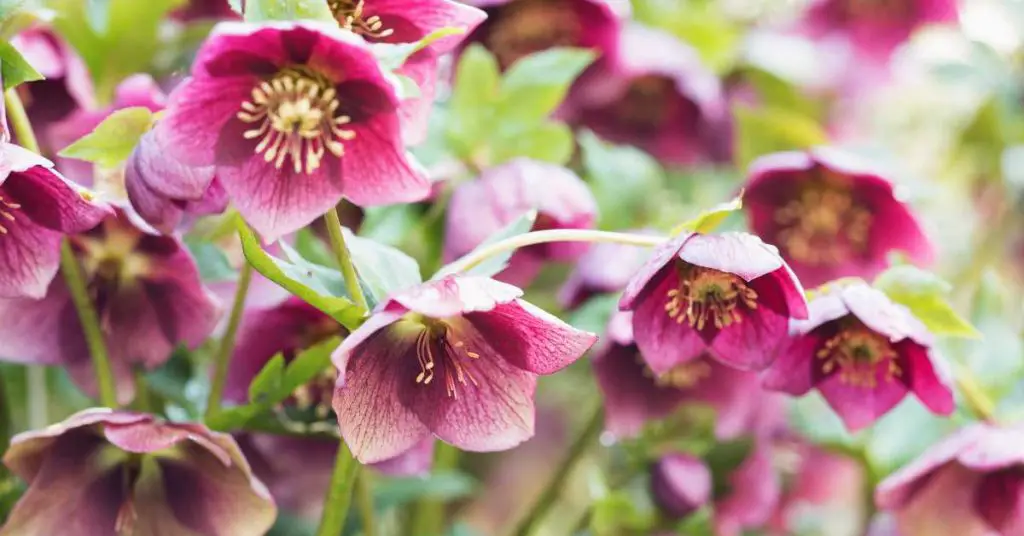
You can create a stunning display of Woodland Beauties that not only survive but thrive in these conditions. Look for perennials like Hellebores, which bloom in late winter and early spring, and Geranium maculatum, with its delicate pink flowers.
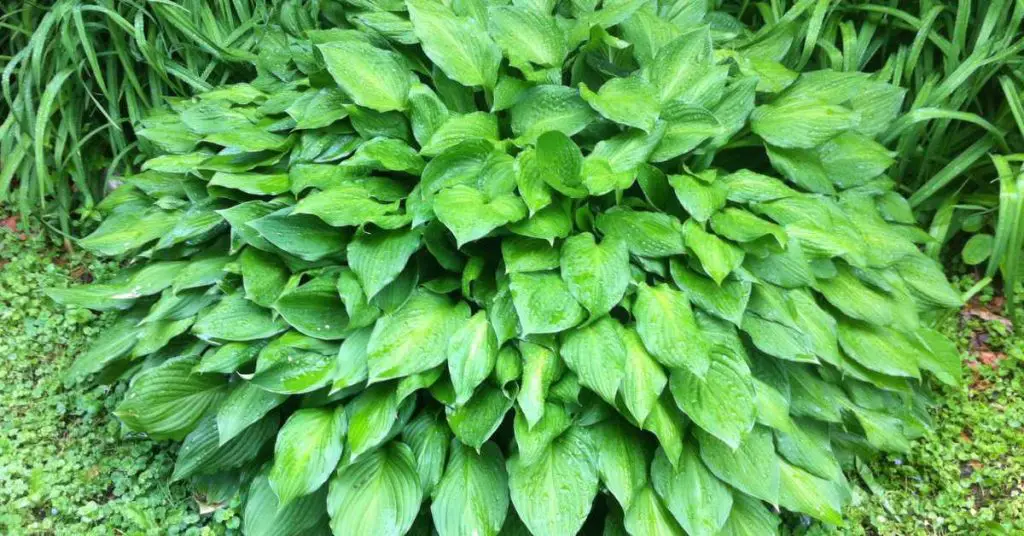
Astilbe, with its feathery plumes, adds texture and color to the shade garden. Bleeding Heart, with its heart-shaped flowers, is another favorite for partial shade. These perennials are ideal for areas receiving dappled or morning sun, and they’ll still perform well with infrequent watering.

When designing your shade garden, consider the naturalistic style of forest gardening. This approach mimics the natural woodland environment, with layers of plants and a focus on texture and form.
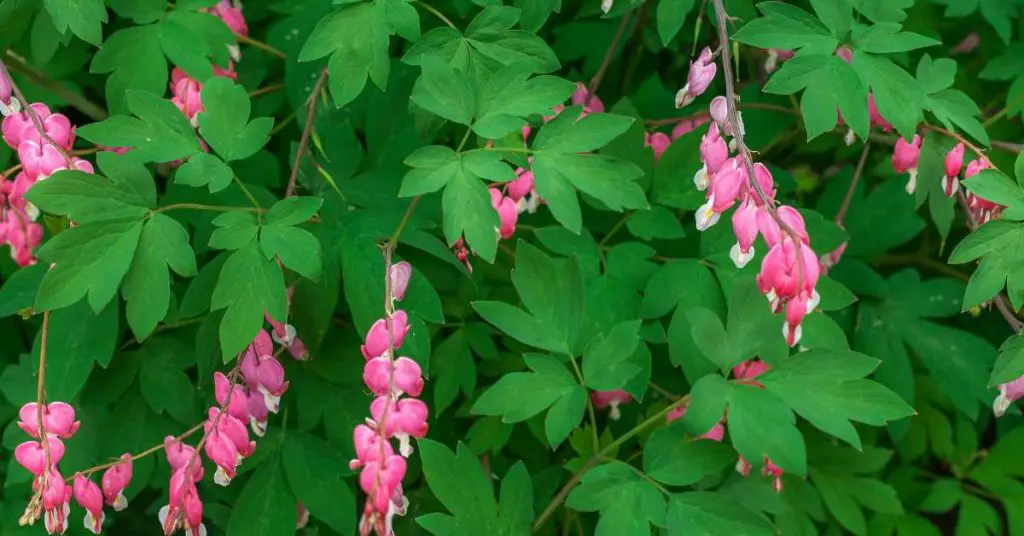
By incorporating shade-tolerant drought perennials, you’ll create a low-maintenance, beautiful oasis that’s perfect for relaxation.
Deer-Resistant Drought Perennials
You can protect your drought-tolerant perennials from deer damage by choosing varieties that are unappealing to these hungry critters, such as those with toxic or bitter leaves, strong scents, or fuzzy textures.
Deer feeding habits often prioritize plants with tender shoots and leaves, so selecting perennials that don’t fit this profile can help safeguard your garden. For instance, deer tend to avoid plants with milky sap, like euphorbia, or those with pungent aromas, like lavender. Fuzzy-leaved plants like lamb’s ear or mullein are also unappealing to deer.
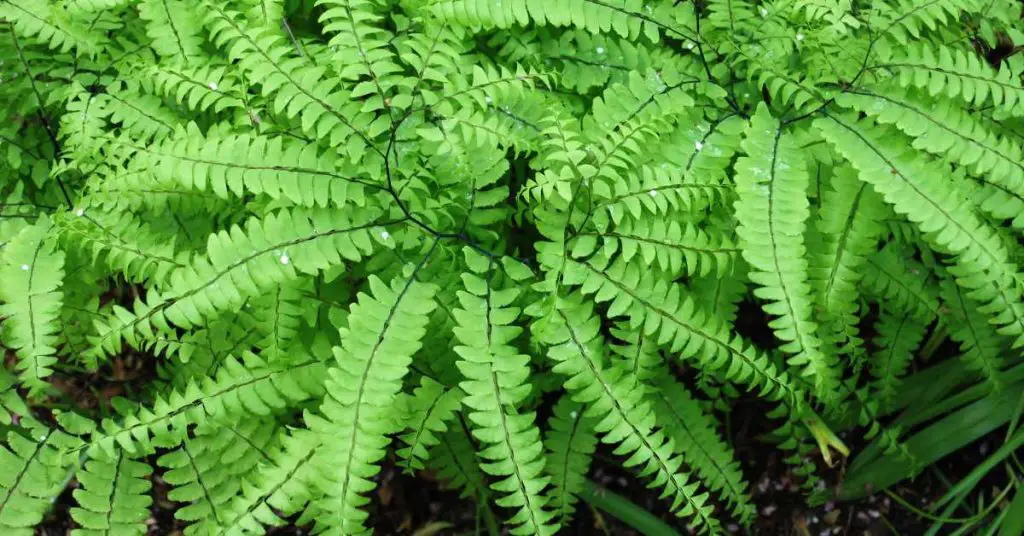
By incorporating these deer-resistant perennials into your garden, you can enhance your garden security and reduce the risk of deer damage. Remember, a well-planned garden with a diverse range of deer-resistant perennials can help deter deer from feeding on your prized plants.
Fire-Resistant Drought Perennials
By selecting fire-resistant drought perennials, you can significantly decrease the risk of wildfires spreading to your garden, as these plants are naturally more resilient to ignition and flame spread. This is especially important in wildfire-prone areas, where a well-planned garden can serve as a firebreak.
Firebreak landscaping involves strategically planting fire-resistant species to create a barrier between your garden and the surrounding landscape. When choosing plants, look for those with high moisture content, low-growing habits, and minimal dead material. Succulents and grasses are excellent options, as they’re naturally more resistant to ignition.
Flame retardant plantings can also be incorporated into your garden design, featuring plants with low flammability ratings. By combining these strategies, you can create a beautiful, drought-tolerant garden that’s also fire-resistant.
Remember to maintain your garden regularly, removing dead plant material and debris to further reduce the risk of wildfire spread. With careful planning and attention to detail, you can enjoy a stunning, fire-resistant garden that brings you peace of mind and a sense of belonging.
Perennials for Poor Soil Conditions
When dealing with poor soil, selecting perennials that can tolerate the conditions is crucial. You can also consider making soil amendments to improve the soil’s fertility and drainage. For instance, adding organic matter like compost can help increase the soil’s water-holding capacity and nutrient levels.
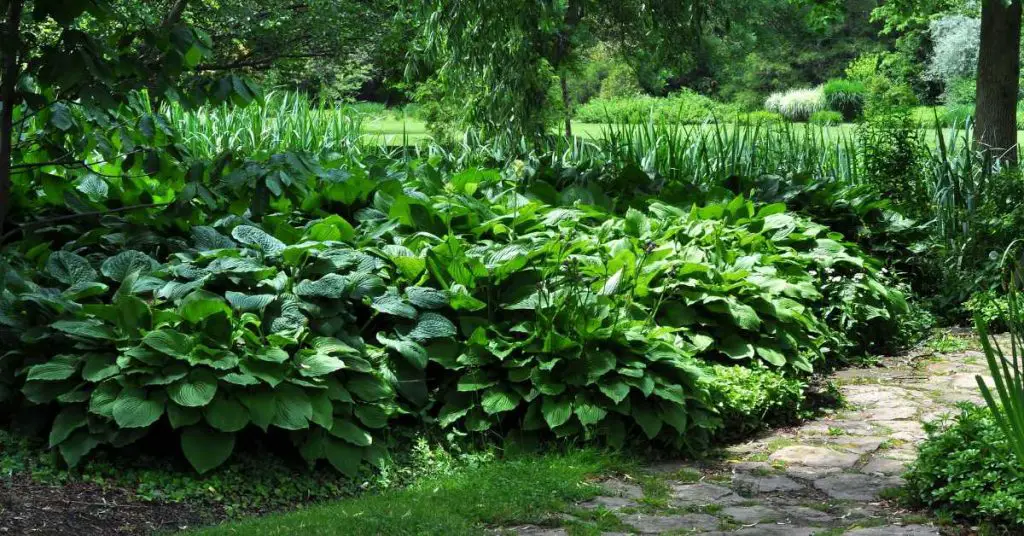
If you have clay-heavy soil, look for clay-tolerant perennials like coneflowers, black-eyed susans, and bee balm. These plants have adapted to thrive in dense, heavy soils and can add color and vibrancy to your garden.
Additionally, consider plants like sedum and yarrow, which can tolerate poor soil and require minimal maintenance. By choosing the right perennials for your soil type, you can create a thriving garden that requires minimal care and maintenance.
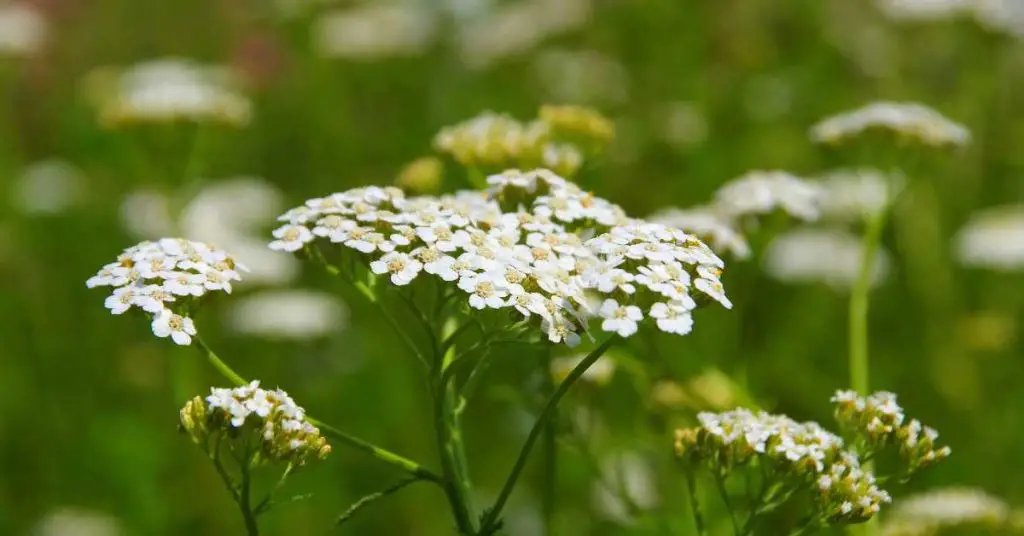
With the right plants and a little TLC, you can turn even the poorest soil into a haven for beauty and life.
Drought-Tolerant Perennials for Containers
When selecting perennials for containers, choose drought-tolerant varieties that can thrive in limited water conditions, such as succulents, sedum, and creeping juniper, which require minimal watering and care. These plants are perfect for containers, as they’re adapted to survive in harsh conditions.
When choosing a container, select one that’s at least 5-7 gallons in size to provide adequate room for the roots to grow. Consider using a container with good drainage holes to prevent waterlogged soil.
For best results, use a well-draining soil mixture specifically designed for containers. A mix that combines peat moss, perlite, and vermiculite will provide the necessary aeration and moisture retention for your drought-tolerant perennials. Avoid using regular garden soil, as it can compact and prevent proper drainage.
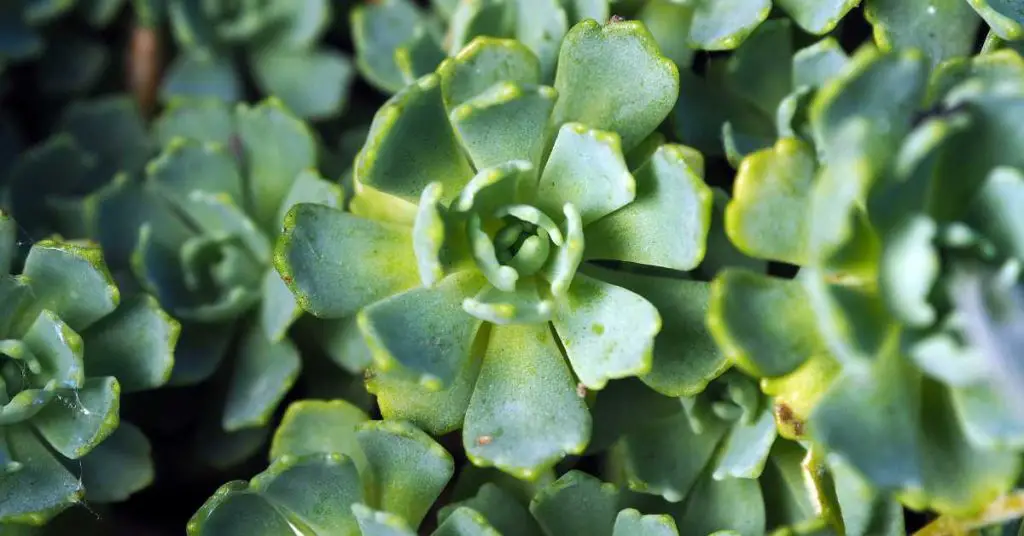
Maintenance Tips for Drought Perennials
You’ll want to establish a maintenance routine that includes regular inspections to identify and address any potential issues before they become severe, ensuring your drought-tolerant perennials continue to thrive. This involves monitoring their growth, checking for signs of pests, diseases, or nutrient deficiencies, and taking prompt action if you notice any problems.
When it comes to watering, establish a consistent watering schedule that takes into account the soil type, climate, and weather patterns. Avoid overwatering, which can be vital to drought-tolerant perennials. Instead, water deeply but infrequently to encourage deep root growth.
Soil conditioning is also essential for the health of your drought-tolerant perennials. Add organic matter like compost or well-rotted manure to improve soil structure, fertility, and water-holding capacity. This will help your perennials absorb water and nutrients more efficiently, making them more resilient to drought.
Frequently Asked Questions
Can I Grow Drought-Tolerant Perennials in Indoor Pots?
You can create a Potted Beauty on your indoor space by following Container Care tips: choose a well-draining pot, use a mix specifically designed for indoor plants, and water sparingly to thrive.
Do Drought-Tolerant Perennials Require Less Maintenance?
You’ll appreciate that plants requiring less maintenance often prioritize Water Conservation, making them perfect for busy individuals seeking Low Fuss gardening. Drought-tolerant perennials fit the bill, thriving with minimal care and watering.
Can I Use Drought-Tolerant Perennials in a Butterfly Garden?
When creating a butterfly garden, you’ll want to attract these beautiful creatures with pollinator-friendly plants. Luckily, you can use drought-tolerant perennials that double as butterfly magnets, providing a haven for these delicate friends while conserving water.
Are Drought-Tolerant Perennials More Susceptible to Pests?
When choosing plants, you’ll find that some attract pests, while others have natural pest resistance. Surprisingly, drought-tolerant perennials often possess traits that reduce insect attraction, making them a great choice for your butterfly garden.
Can I Propagate Drought-Tolerant Perennials From Cuttings?
When propagating plants from cuttings, you’ll focus on stem cuttings, promoting root development by providing adequate moisture, warmth, and humidity, increasing the chances of successful propagation, especially with drought-tolerant perennials.
Conclusion
Incorporating drought-tolerant perennials into your garden design is a wise decision, especially for beginners. By choosing the right plants for your climate, soil, and sunlight, you’ll conserve water and enjoy vibrant colors and textures with minimal care.
Remember to select perennials that fit your specific needs, from succulents to ornamental grasses, and follow maintenance tips to guarantee their success. With these resilient plants, you’ll create a sustainable and thriving landscape that’s perfect for water-scarce areas.


